Christopher Nolan’s “Oppenheimer” has finally arrived. The biopic about the theoretical physicist who ran the Manhattan Project is one of the year’s most hotly anticipated and highly rated movies. It’s also one of the most historically accurate films ever made.
Oppenheimer has been praised for its acting, directing, and visual effects. However, some historians have questioned the film’s historical accuracy.
One of the most common criticisms of the film is that it takes some liberties with the timeline. For example, the film shows Oppenheimer being present at the Trinity test when he was not. The film also shows Oppenheimer being present at the bombing of Hiroshima when he was not.
Another criticism of the film is that it does not include some critical events in Oppenheimer’s life. For example, the film does not mention Oppenheimer’s involvement in developing the hydrogen bomb.
Oppenheimer has been praised mainly for its historical accuracy. Cristopher Nolan has presented most facts regarding the scientist in its most accurate form. Be it his tumultuous relationship with Jean Taltock, his complicated marriage, his rivalry with Strauss, The Manhattan Project, or Oppenheimer’s political views, the movie doesn’t shy away from showing the truth.
Let’s get into a historical analysis of the movie.
1. Oppenheimer’s Background
Upon meeting Lewis Strauss, Oppenheimer (Cillian Murphy) remarks that he can relate to the fact that Strauss is a self-made man because his father was, too. In that same conversation, Strauss tries to convince Oppenheimer to sign on as director of the Institute of Advanced Study in Princeton. The two briefly commiserate about anti-Semitism.
Because Murphy plays Oppenheimer throughout the film’s entire runtime, Nolan starts with the physicist’s college days and doesn’t delve too deeply into his childhood or socioeconomic and religious background.
Robert’s father, Julius, was a German Jew who fled to New York City in 1888. He did start with nothing, turning a job at a textile factory into a business empire lucrative enough that Oppenheimer eventually owned Picassos and Van Goghs.
The film Oppenheimer takes some liberties with Oppenheimer’s childhood. For example, the film depicts Oppenheimer’s parents as being more distant and uninvolved than they were. In reality, Oppenheimer’s parents were very supportive of his education and interests.
The film also downplays Oppenheimer’s religious upbringing. In reality, Oppenheimer was raised as a Jew, and his religious beliefs played an essential role in his life.
Despite these differences, the film accurately portrays some aspects of Oppenheimer’s childhood. For example, the film shows Oppenheimer’s fascination with science and his early interest in physics. The film also shows Oppenheimer’s struggles with his identity as a Jew in a predominantly Christian society.
Overall, the film Oppenheimer provides a primarily accurate portrayal of J. Robert Oppenheimer’s childhood. However, the film does take some liberties with the historical record. These liberties are primarily minor but shape how Oppenheimer is portrayed in the movie.
In the film, Oppenheimer claims the J. in his name didn’t stand for anything. The book explains that it wasn’t common practice for Jewish fathers to name their sons after themselves, but Julius added his name to Robert’s birth certificate at the last second.
Oppenheimer’s privileged upbringing distinguished him from men like Strauss socially, though he was indifferent to money and his Jewish heritage at various times.
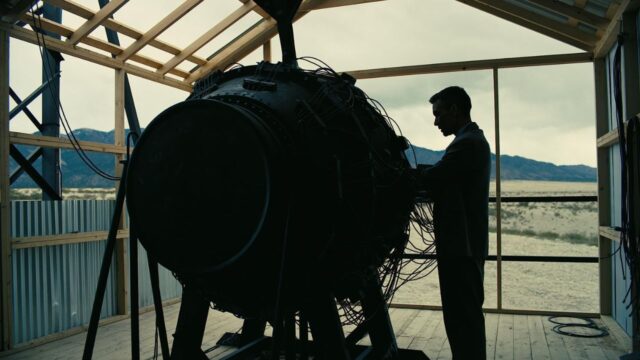
2. J. Robert Oppenheimer’s Politics
The film Oppenheimer portrays Oppenheimer as a staunch anti-communist deeply concerned about the potential for nuclear weapons to fall into the wrong hands. This represents Oppenheimer’s views in the late 1940s and 1950s.
Audiences expecting to see a movie about World War II may have been surprised by how much “Oppenheimer” is instead about closed-door politics. One framing device Nolan uses to tell the story is the same one that authors Kai Bird, and Martin J. Sherwin employ in the book: The hearing during which Oppenheimer’s security clearance and loyalty to America were called into question.
As in “American Prometheus,” the film ultimately remains ambiguous about whether or not Oppenheimer was ever officially a member of the Communist Party. However, both seem to put more stock in the idea that he was most likely a leftist FDR supporter who had associations with card-carrying communists.
However, it is essential to remember that Oppenheimer’s views were not always so black and white.
In the early 1940s, Oppenheimer was more open to peaceful coexistence with the Soviet Union. He also believed that the United States was responsible for using nuclear weapons to end World War II. These views were not always popular, leading to Oppenheimer’s investigation by the House Un-American Activities Committee (HUAC).
His support of left-wing causes, particularly of antifascists fighting Franco during the Spanish Civil War, Jewish scientists escaping the Nazis, and the support of union workers in California began around 1934. It continued until roughly the time he became involved in war efforts.
Oppenheimer insisted he never joined the CP but admitted in writing during background checks that he’d been “a member of just about every Communist Front organization on the West Coast.”
Additionally, his brother, sister-in-law, girlfriend, wife, best friend, and several of his students and eventual employees were, at points in their lives, active communists. But whether radical ideas or associations with political parties are incompatible with patriotism is one of the more significant questions Oppenheimer was forced to contend with.
3. Oppenheimer’s Relationships
The final main factor in Oppenheimer’s life that Nolan successfully dramatizes is his interpersonal and familial relationships. J. Robert Oppenheimer had a complex personal life, and the film Oppenheimer does an excellent job portraying some of his life’s key relationships.
As previously mentioned, Oppenheimer had multiple ties to communism, as his brother Frank and his wife Kitty had both previously been involved in activities with the Communist Party.
And as the film depicts, Oppenheimer donated to many progressive causes, including hosting fundraisers for the Republican cause in the Spanish Civil War.
One of the most critical relationships in Oppenheimer’s life was his marriage to Katherine (“Kitty”) Puening. Kitty was a biologist and a member of the Communist Party, and she was a strong supporter of her husband’s work on the Manhattan Project. The film accurately portrays the ups and downs of Oppenheimer and Kitty’s marriage, showing how Kitty’s political views sometimes strain their relationship.
However, most notable was Oppenheimer’s relationship with his mistress, Jean Tatlock (Florence Pugh), whom he continued to romance even after marrying Kitty. She was a confirmed member of the Communist Party, so Oppenheimer was forced to cut ties with her upon gaining security clearance to avoid suspicion.
The real Tatlock also committed suicide, as she suffered from clinical depression, though the film depicts this as a result of her despair from Oppenheimer leaving her.
Perhaps most historically accurate, however, is how Nolan depicts all of Oppenheimer’s relationships returning to haunt him during his security clearance hearing in 1953. These ties to Communists convinced the tribunal that his loyalty to his country was questionable, so his security clearance was revoked.
Nolan remains exceptionally faithful to J. Robert Oppenheimer’s story throughout his film. While he takes dramatic liberties here and there for the sake of his story, he essentially gets the bulk of the facts right.
4. The Truth about The Manhattan Project
The most accurate part of “Oppenheimer” is the stretch at Los Alamos. Nolan packs hundreds of pages of science and bureaucracy into a gripping hour of film. During these years (1942 to 1945), we see Leslie Groves (Matt Damon) recruit Oppenheimer to head the secret weapons lab. The real Groves and Oppenheimer had political and operational disagreements, but they respected each other and worked well together.
Groves wanted the scientists to become soldiers and wear uniforms. He insisted upon compartmentalization but conceded that his physicists could meet once a week to share ideas for progress. Oppenheimer’s friend Isidor Rabi refused to officially work on the Manhattan Project but consulted occasionally, and Edward Teller (Benny Safdie) favored the hydrogen bomb. The German refugee from Britain, Fuchs, was indeed a Soviet spy.
The technical specs are correct, too. A cyclotron was used to accelerate particles. For a brief time, the theorists did fear they’d ignite the atmosphere. The uranium and plutonium cores were about as big as represented by the fishbowls. The bomb was called “the gadget” as a security measure. And the crew was relieved to learn from Niels Bohr that the Germans took an engineering wrong turn, despite the head start that Werner Heisenberg had given them.
The weather was, in fact, a problem on the planned date of the Trinity test, just as it is in the movie. The film doesn’t, however, include that the U.S. considered having Heisenberg assassinated and poisoning German food supplies.

5. The decision to bomb Hiroshima and Nagasaki
As the movie hurtles toward its climax, Oppenheimer and Lawrence are invited to a Department of Defense meeting to discuss whether to drop the atomic bombs and, if so, on which Japanese cities. Before this meeting, some of the scientists working at Los Alamos had begun to discuss the ethics of the gadget.
Oppenheimer had assured them that public awareness of the weapon could be terrifying enough to end all wars. Behind closed doors, some wonder aloud if a demonstration might be enough or if civilians should be warned.
The military shoots down those ideas as it would jeopardize the pilots’ mission and safety. It would also be a national embarrassment if the bomb turned out to be a dud. The group chooses two targets out of 11. Kyoto is withdrawn from consideration because of its cultural significance and the fact that Secretary of War Henry Stimson honeymooned there.
That’s all true. Oppenheimer had much less power once the A-bomb was invented, and the scientific community began questioning its necessity. Germany had already surrendered. Hitler died by suicide in his bunker. Japan was, Stimson knew, likely to offer in the coming months if the country was permitted to keep its Emperor.
Unconditional surrender was preferable, however, and Hiroshima and Nagasaki were chosen as targets. Oppenheimer defended the decision throughout his life, though he did tell President Truman that he felt he had blood on his hands, as he does in Nolan’s film.
6. The poisoned apple
While at Cambridge, Oppenheimer poisons his professor’s apple after he’s made to miss the beginning of a Niels Bohr lecture to clean up his sloppy lab work. In real life, Oppenheimer was notoriously clumsy with his experiments and calculations, so he worked in theoretical physics. And that apple wasn’t one of Nolan’s creative flourishes.
Oppenheimer did inject Patrick Blackett’s apple with chemicals, which caused more of a scandal than what we see depicted in the movie.
In “Oppenheimer,” the aggrieved student wakes up in a panic the following morning and rushes back to the classroom to find his idol, Niels Bohr (Kenneth Branagh), about to take a bite. To remedy the situation, he says he’s spotted a wormhole (a bit of an inside joke for physicists) and tosses it in the trash. The real Oppenheimer was struggling with more serious mental health issues.
The lacing of the apple, possibly with cyanide, did occur, and the University found out about Oppenheimer’s misguided revenge plot. Blackett never ate the apple, and whether the substances would’ve killed or made him sick is unknown.
Conflicting accounts and his father’s influence kept young Oppenheimer from getting arrested or expelled. The ordeal was seen as a cry for help, and he arranged with the school to attend regular sessions with a psychiatrist to address these issues.
7. Rivalry with Strauss: The Truth
One of the critical relationships Nolan’s film focuses on is Oppenheimer’s rivalry with Atomic Energy Commission chairman Lewis Strauss (Robert Downey Jr.). The two were frequently at odds; as depicted in the film, much of Strauss’s hostility came from a public hearing in 1949 when Oppenheimer mocked Strauss’s answer regarding radioactive isotopes.
This was further exacerbated by Strauss’s status as a conservative Republican. He was deeply suspicious of Oppenheimer and his ties to communism. This culminated in Strauss colluding with congressional staff member William L. Borden, who wrote the letter accusing Oppenheimer of being a Soviet agent and which led to the hearings.

However, while in real life, it’s only mostly suspected that Strauss convinced him to write the letter, in the film, it’s outright confirmed.
The film admittedly takes some dramatic liberties to fuel Strauss’s animosity towards Oppenheimer. Downey Jr.’s Strauss reveals late in the movie that he witnesses a personal meeting between Oppenheimer and Albert Einstein, suspecting that the former explicitly tried to turn the scientific community against him. In real life, this interaction never happened.
However, Strauss’s regular clashes with the scientific community are well documented in reality, and they’re ultimately what led to his failed Senate cabinet confirmation hearing in 1959. Nominated for Secretary of Commerce, the film faithfully depicts how Strauss’s animosity towards Oppenheimer led to intense lobbying from scientists known as the Last Straws Committee, still loyal to their mentor.
Ultimately, their efforts worked, as Strauss was the first Cabinet appointee to fail confirmation since 1925, and his government career was effectively ended.
8. About Oppenheimer
Oppenheimer is a movie written and directed by Christopher Nolan. It’s based on the Pulitzer-winning book ‘American Prometheus: The Triumph and Tragedy of J. Robert Oppenheimer’ by the late Martin J. Sherwin and Kai Bird. The movie is produced by Nolan, his wife Emma Thomas and Atlas Entertainment’s Charles Roven.
J. Robert Oppenheimer was a theoretical physicist who is now considered the Father of the Atomic Bomb. He was responsible for the research and development of the first nuclear bombs, later called the Manhattan Project.
The biographical movie by Nolan sees Peaky Blinders’ star Cillian Murphy essaying the lead role of J. Robert Oppenheimer. The movie released in theaters on July 21, 2023.
Damn! No streaming services found :/


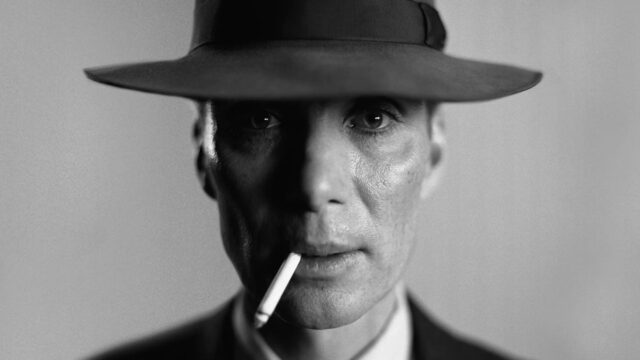
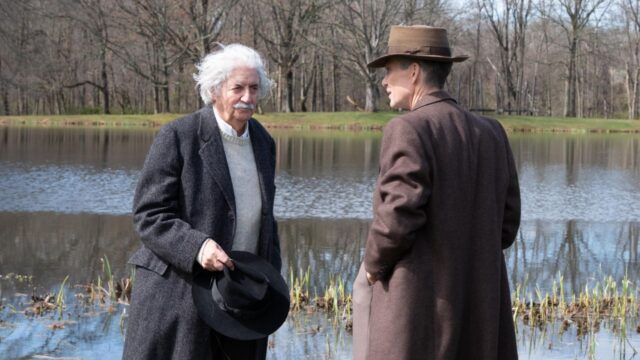
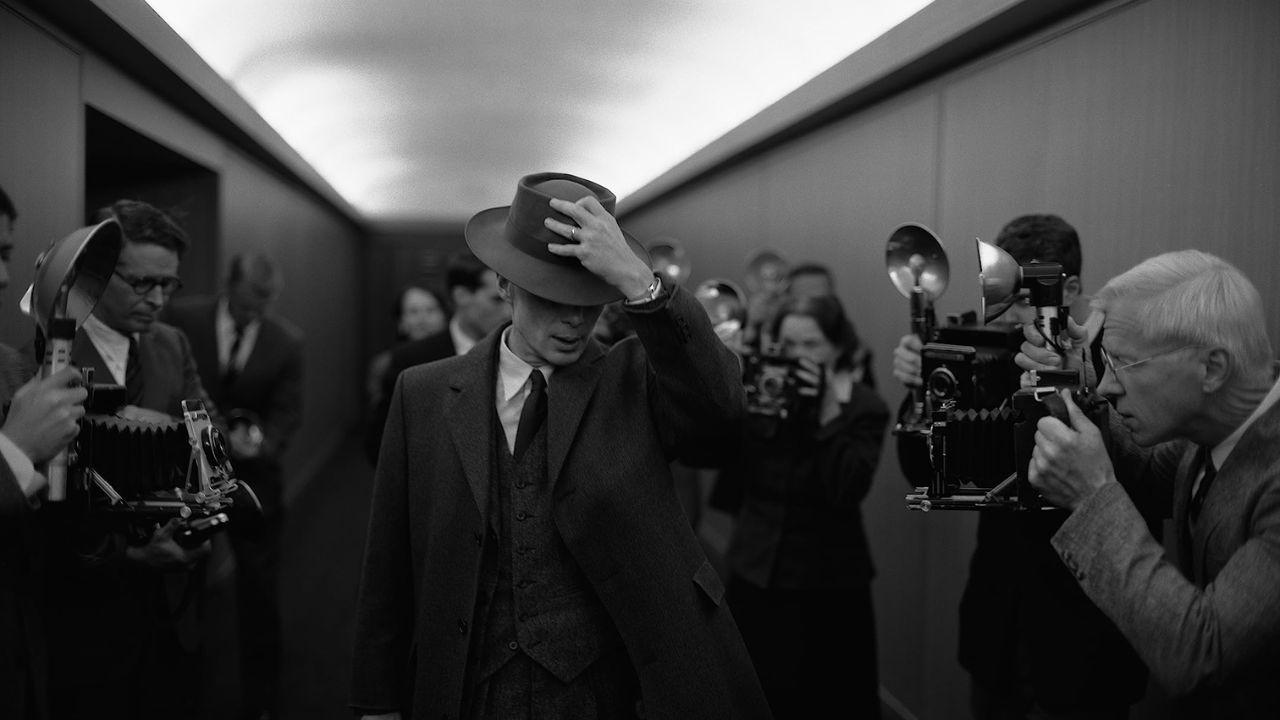

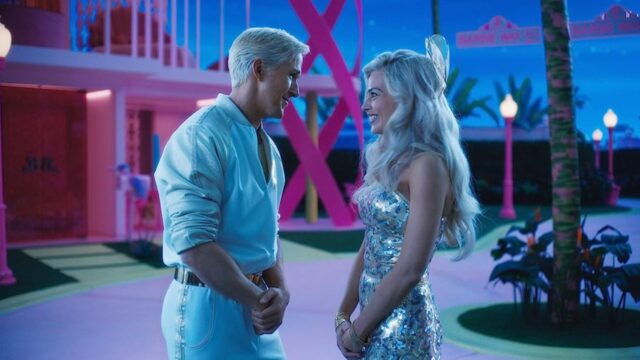

No Comments on Oppenheimer: An Historical Analysis of Events and Relationships